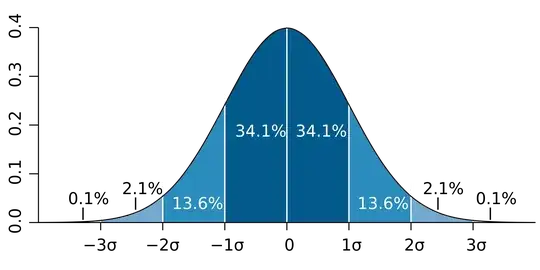This question was posed in a different form some years ago on math Stack Exchange, where it was asked to prove that the maximum of $n$ independent standard Normals was asymptotically equivalent to $\sqrt{2 \log n}$.
After deriving the exact distribution of the maximum order statistic, it became immediately apparent that for large $n$ (and by that I do not mean just $n = 100$, but say $n = 1,000,000$ or even a billion), the proposed asymptote was appallingly useless, and moreover that there is no meaningful approximate value for $X$. The value of $X$ does not converge to any constant for large $n$.

The full posting on math SE is at:
https://math.stackexchange.com/questions/961780/prove-that-the-maximum-of-n-independent-standard-normal-random-variables-is-a
In brief, in answer to your question: there is no meaningful approximate value of $X$ for large $n$.
